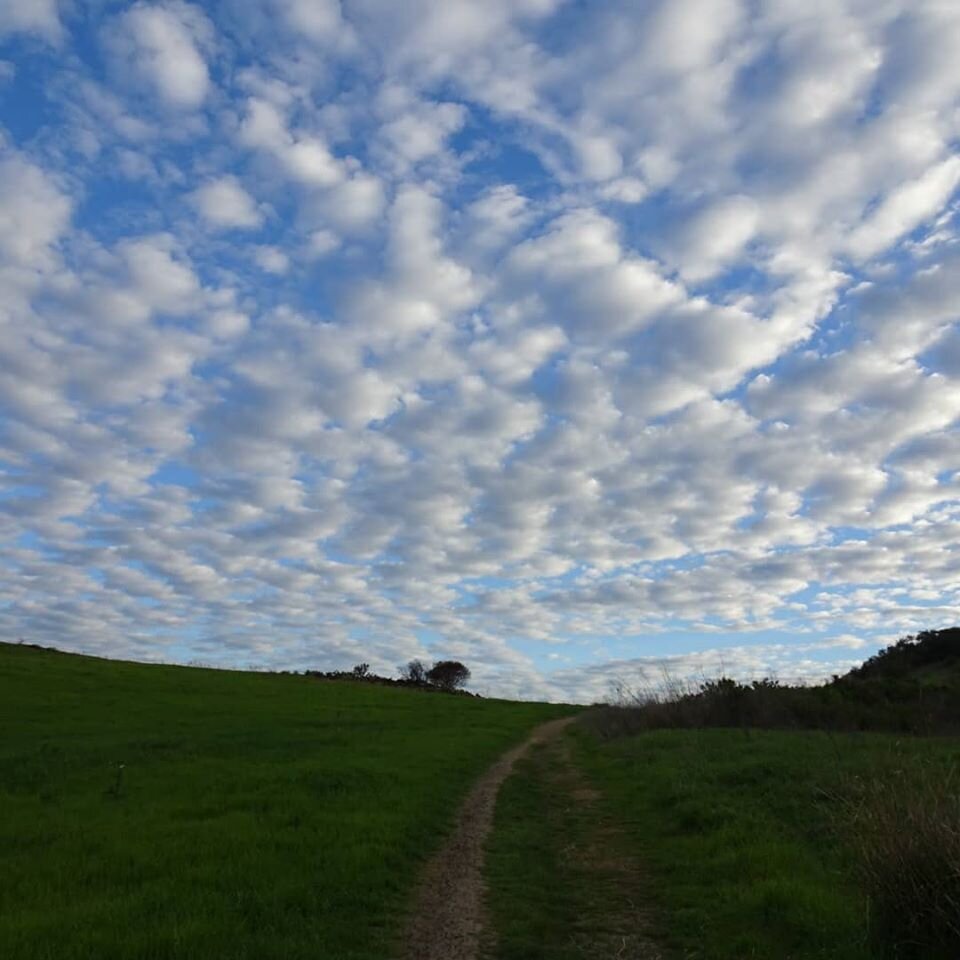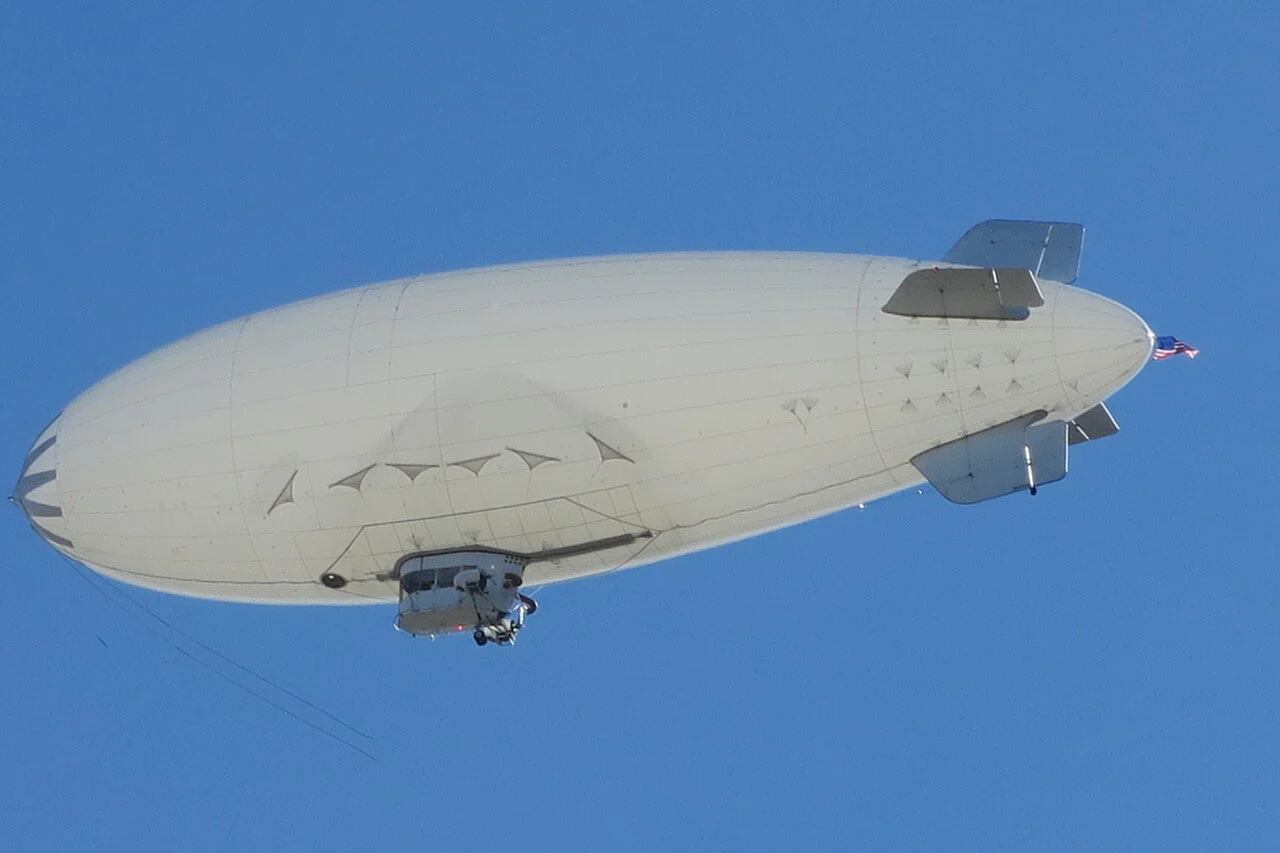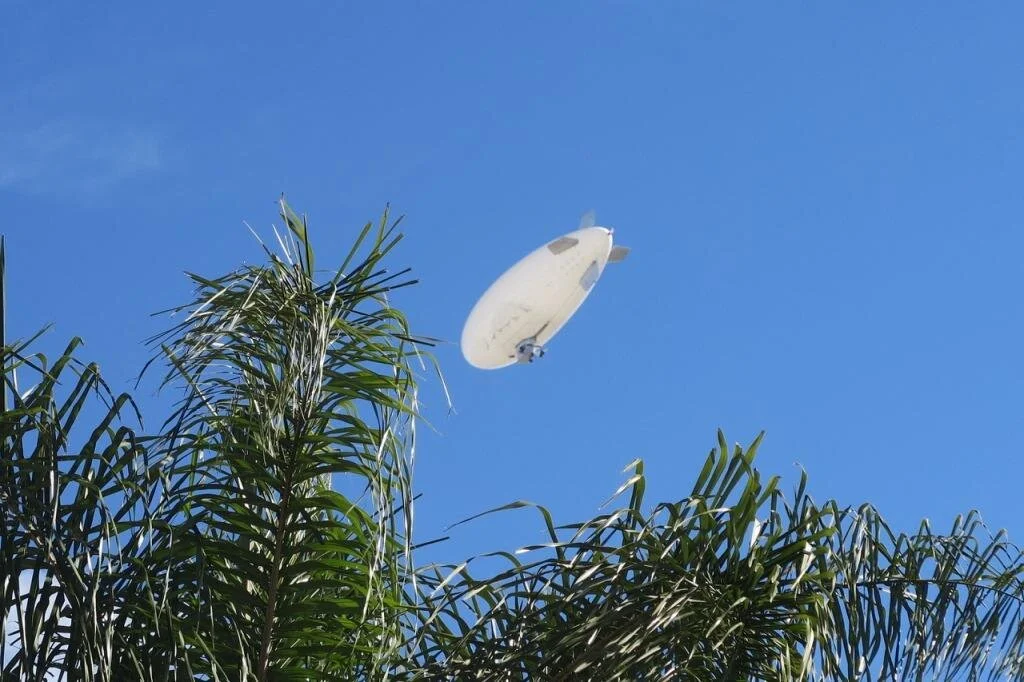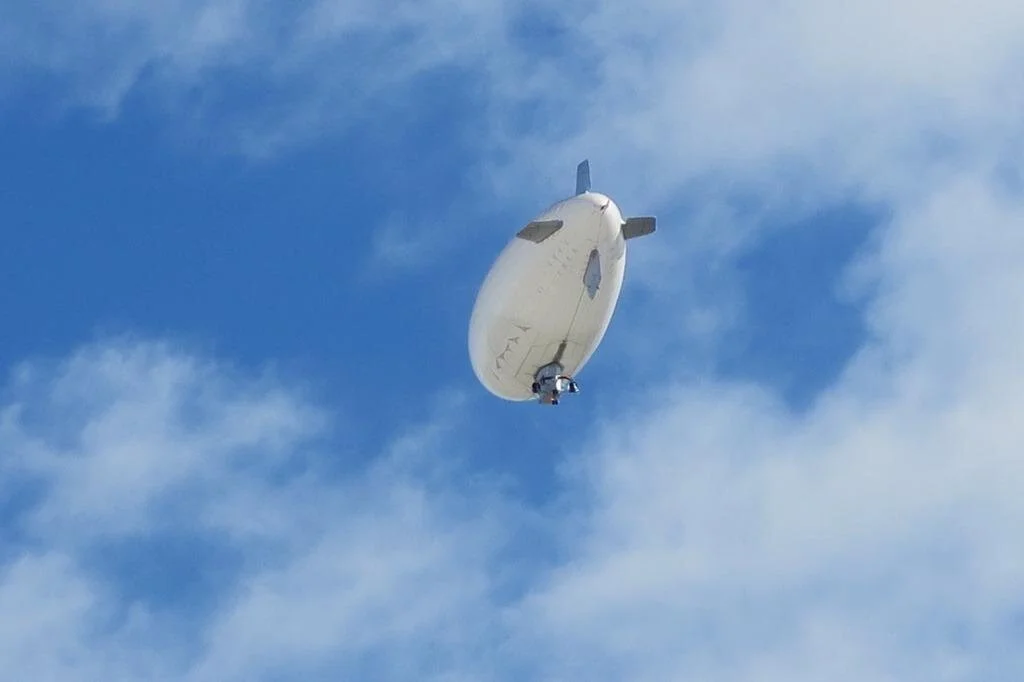Rattlesnake Do's and Don'ts in the Trails of the Conejo Valley and Neighboring Areas
/I've seen more snakes in the trails of the Conejo Valley in recent years than I can ever recall, some, but not all of which are rattlesnakes.
According to the California Department of Fish and Wildlife, rattlesnakes are generally not aggressive but can strike when they feel threatened or provoked. If you come across one on the trail, just back off and give them room to retreat. They don't want to mess with you!
Rattler crossing the Rosewood Trail on a sunset hike.
It is rare that rattlesnakes cause serious injury to humans. According to the California Poison Control Center, rattlesnakes account for 800 bites each year, with only one or two deaths. Most bites occur during the months of April through October, when both humans and snakes are active outdoors. About 25% of bites are dry (i.e. no venom), but still require medical treatment.
Do's and Don'ts
Wear shoes when out hiking in the trails.
Stay ON the trails...don't venture out into the underbrush, where snakes may be hiding.
Watch what you touch with your hands too...especially if it's dark and hard to see.
Leave them alone. They are fun to watch, but do so from a distance. Don't try to pick them up.
Is it a Rattler or a Gopher Snake?
On the trails of the Conejo Valley I've come across rattlesnakes, gopher snakes, king snakes, garter snakes and perhaps a few others I wasn't able to identify. The rattlesnakes are the ones to be particularly wary of because of their venom, so be aware of the following distinctions:
Rattlesnakes are wider/heavier than most of the other local snakes and have a triangular-shaped head, broader at the back than at the front, with a distinct "neck." They have openings between the nostrils and the eyes. There are a series of dark and light bands near the tail which look different from the markings on the rest of the body. DO NOTE that rattles may not always be present as they may have fallen off are are not always developed on a young rattler.
For some great information on identifying California snakes, visit www.californiaherps.com/identification/snakesid/common.html.
Notice the stocky size of this rattlesnake, the clear rattle, and the different series of dark and lights bands leading down towards the rattle.
Beautiful King Snake (known for lunching on rattlesnakes).
Gopher snake crossing the trail in Rancho Sierra Vista/Satwiwa.
Gopher snake on the Vista Del Mar Trail in Newbury Park.




























